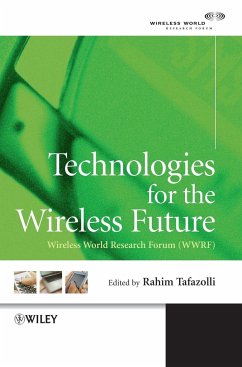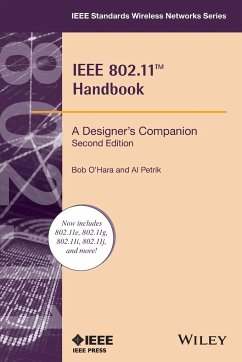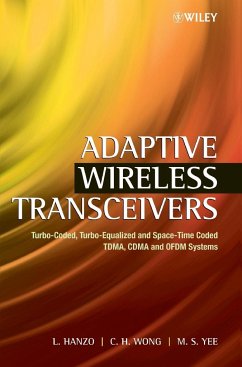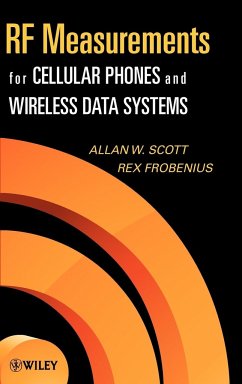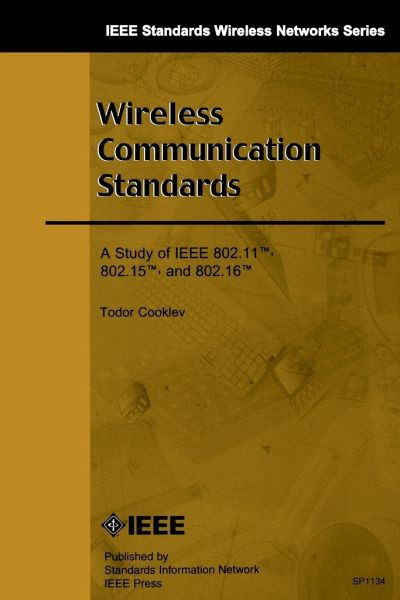
Wireless Communication Standards
A Study of IEEE 802.11, 802.15, 802.16
Versandkostenfrei!
Versandfertig in über 4 Wochen
92,99 €
inkl. MwSt.

PAYBACK Punkte
46 °P sammeln!
Wireless Communications Standards: A Study of IEEE 802.11, 802.15, and 802.16 is one of the latest books in the IEEE Standards Wireless Networks Series, and it is the only book of its kind that covers all of the current 802 wireless standards! Presented in a clear style, by Dr. Todor Cooklev of San Francisco State University, the book is accessible to a wide audience. It is aimed at engineers, computer scientists, managers, and marketing specialists. It can also be used as the primary textbook for a one-semester advanced undergraduate/graduate level course on wireless communication standards, ...
Wireless Communications Standards: A Study of IEEE 802.11, 802.15, and 802.16 is one of the latest books in the IEEE Standards Wireless Networks Series, and it is the only book of its kind that covers all of the current 802 wireless standards! Presented in a clear style, by Dr. Todor Cooklev of San Francisco State University, the book is accessible to a wide audience. It is aimed at engineers, computer scientists, managers, and marketing specialists. It can also be used as the primary textbook for a one-semester advanced undergraduate/graduate level course on wireless communication standards, or as a complementary textbook for a course in wireless communications.






